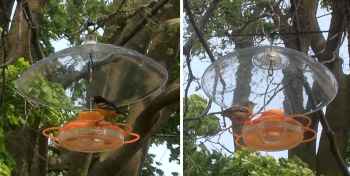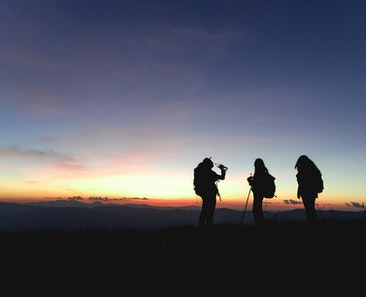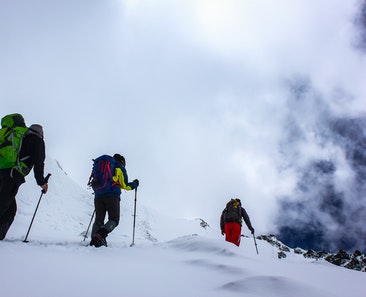How to Nature Journal the Signs of Spring
As life continues to shift, many of us are seeking ways to reconnect with the world around us. One powerful way to ground ourselves and reduce stress is by spending time in nature and keeping a nature journal of what you see. Nature is known to support our sense of self, boost well-being, and help us find balance in our busy lives.
For children, especially those at home, nature offers an endless classroom and playground. It’s an opportunity for self-directed learning, discovery, and observation. Time spent in nature encourages emotional growth, creativity, problem-solving skills, and even math and science skills. Most importantly, it fosters a sense of happiness and connection with the environment.
“Journaling is the single most powerful tool to supercharge your observation, memory, and connection with nature. It is the critical foundational habit of being a naturalist and scientist.”
—John Muir, field guide author, renowned conservationist
What is Nature Journaling?
Nature journaling is an approach that encourages us to observe and record the natural world. All you need is a notebook and a pencil, and you’re ready to begin. It involves capturing your observations through writing, sketches, diagrams, and doodles. Your journal can document everything from wildlife sightings to the emotions and thoughts that arise while spending time outdoors.
While the concept may be simple, the act of nature journaling opens our eyes to appreciate the diversity, intricacies, and oddities of the world around us (here are a few beautiful examples).
As we tiptoe into spring, nature journaling is a fun way to watch life rebound from the slumber of winter.
Here are a few nature journaling challenges for you and any young people in your household:
1) Take a Walk with Your Nature Journal
Grab a notebook and pencil, and take a walk around your neighborhood. Keep your eyes peeled for signs of the changing season. Notice what’s happening both at ground level and high in the trees. Record your observations—write down or sketch what you see, hear, feel, and smell.
Pay attention to the new signs of spring—budding trees, blooming flowers, or the songs of returning birds. Add any questions you have about what you’re seeing. What new colors or textures do you notice? What behavior do you observe in animals?
2) Evening Walks and Moon Journaling
Go for an evening stroll with your family and start a moon and sky journal. Sketch the phases of the moon, and record any other sky observations. How does the evening atmosphere differ from the daytime? What sounds, smells, or sensations do you experience as night falls?
3) Create a Sound Map
Sit quietly in a peaceful spot, close your eyes, and start listening. What sounds do you hear around you? Birds, insects, the wind rustling in the trees, or maybe even the distant hum of traffic? Open your eyes, and create a sound map in your journal. Place yourself in the center and mark where the sounds are coming from in relation to your position. This simple activity helps you tune into the auditory landscape of your surroundings.
4) Nature Journaling from Your Window
If you can’t always get outside, nature journaling can still be done from the comfort of your own home. Look out your window and take note of what you see. Is there a change in the seasons you can observe? Perhaps your neighborhood trees are beginning to bud, or you notice new wildlife activity. Writing about or drawing the view from your window gives you a fresh perspective and connects you to nature, even in your own living space.
Bonus Activity: Expand Your Nature Journal at Home
After your walk, take some time to add color to your sketches, research the questions you had during your outing, or contribute your observations to citizen science apps like iNaturalist. The process of reflecting on your experiences and learning more deepens your connection with nature.
Check out our updated Naturehood Website for more resources to get you and kids out into nature. John Muir Laws also has a a free downloadable nature journal curriculum.
We want to see how your nature journaling turns out! Show us your nature journals by sending us a note on Facebook, or Instagram!
The post How to Nature Journal the Signs of Spring appeared first on Nature Canada.



